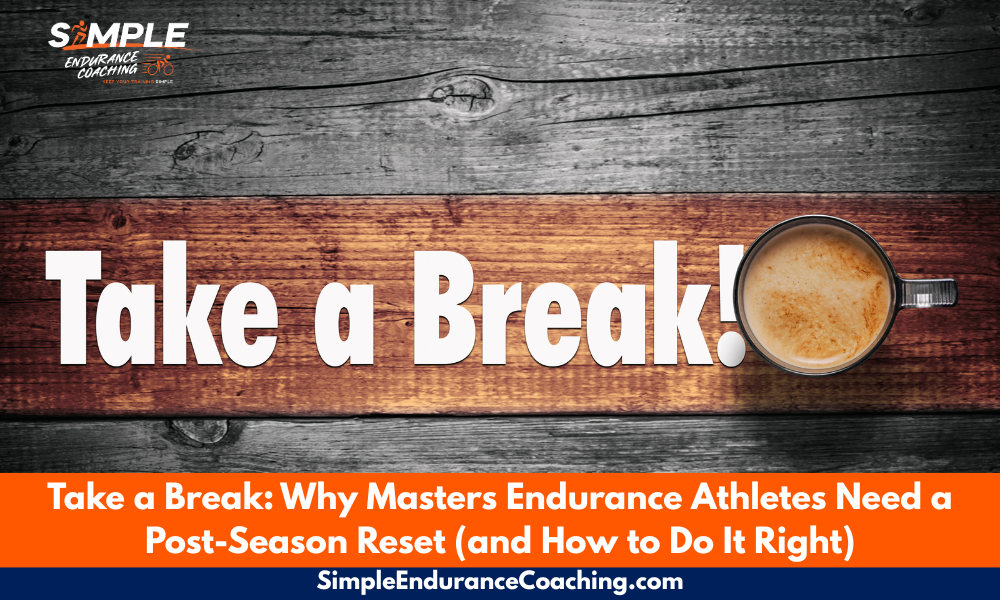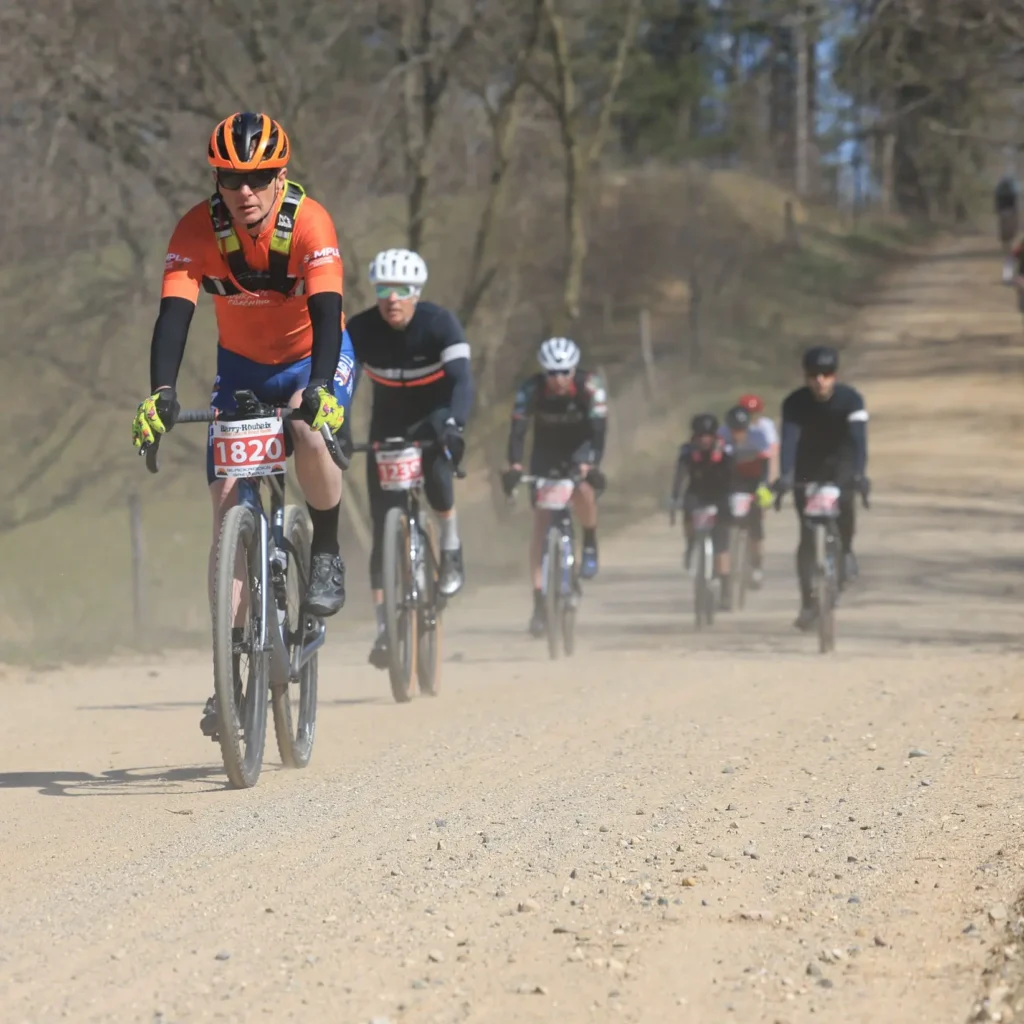
Training is periodized for a reason—you manipulate load, intensity, and recovery to maximize adaptation.
Your nutrition or fueling should work the same way.
“Fuel for the work required” means aligning energy and carbohydrate availability with the demands and goals of each training session.
This approach improves training quality, supports targeted adaptation, and manages recovery, without falling into the trap of chronic under-fueling.
The Framework: Macro, Meso, Micro
The framework from Stellingwerff, Morton, and Burke (2019) emphasizes that nutritional periodization should match the sequencing of training:
- Macro (months): Align fueling strategies with seasonal training phases (e.g., base, build, peak, taper).
- Meso (weeks): Adjust carbohydrate availability across blocks (e.g., key intensity week vs. recovery week).
- Micro (days/within-day): Fine-tune carbohydrate and energy availability to each session’s goals.
This hierarchy ensures both acute session quality and long-term adaptation.
However, this framework from Stellingwerff is more than what most of us need.
Let’s focus on the micro cycle: fueling for the specific work required.
Carbohydrate Availability: More Than “High” or “Low”
Carbohydrate availability is the sum of endogenous stores (muscle + liver glycogen) and exogenous intake (before/during exercise).
You can start with full glycogen but still run low if you don’t fuel during long sessions—or you can start with reduced stores but sustain intensity through in-session fueling.
The “fuel for the work required” model modifies total daily carbohydrate (CHO) intake and distribution to match each workout, rather than eating the same amount every day.
In addition, we’ve learned from Prof. Paul Laursen, Prof. Tim Noakes, and others that blood glucose is a critical fuel source.
Maintaining a stable blood glucose level
High vs. Low-CHO Sessions: Strategic Use
So there’s a fairly substantial body of research that suggests training while fasted (“Training Low”) can promote some good adaptations.
High-CHO availability supports:
- Intense interval training
- Long workouts or races
- Sessions where performance quality is critical
Low-CHO availability can promote:
- Enhanced mitochondrial biogenesis
- Increased lipid oxidation
- Cellular signaling adaptations
However, low-CHO should be:
- Limited to ~30–50% of sessions in a block
- Avoided on consecutive days or during key performance sessions
- Applied with careful monitoring to prevent compromised training, RED-S, or immune issues
Practical Fueling Guidelines by Session Type
| Session Type | Fueling Strategy | Rationale & Intake Recommendations |
| Short/Easy (<60–75 min) | Normal meals; no extra CHO | Supports recovery while minimizing unnecessary carb load. |
| Moderate Endurance (1–3 h) | 30–60 g/CHO/h during | Maintains stable blood glucose; sustains pace. |
| High-Intensity / Intervals | Pre: 1–4 g/kg (1–4 h before); During (>60 min): 30–60+ g/h | Ensures high-quality output; maintains glycogen. |
| Long Endurance (>3 h) | 60–90 g/h; trained athletes may reach 90–120 g/h (glucose + fructose mix) | Supports prolonged high output; trains gut for race fueling. |
| Post-Hard Session Recovery | 1.0–1.2 g/kg/h CHO in first 4 h + protein | Maximizes glycogen restoration and adaptation. |
Practical CHO Periodization Strategies
- Train Low (Glycogen): Start session with reduced glycogen to stimulate cell signaling (e.g., second session of the day after limited recovery CHO).
- Train Low (Fasted): Morning sessions before breakfast; elevates fatty acid availability.
- Sleep Low / Recover Low: Finish an evening workout, limit CHO before bed, train next morning low.
- Train High: Start and fuel sessions with high CHO to support quality and gut training.
- Mixed Models: Combine high and low approaches across 24–48 hrs for targeted adaptation.
Key Takeaways for Everyday Endurance Athletes
- Match fuel to the session—don’t over- or under-fuel indiscriminately.
- Use low-CHO strategically, not chronically, to avoid training quality loss or health risks.
- Prioritize high-CHO for key performance sessions, long rides/runs, and races.
- Work with a qualified sports nutrition person to individualize based on training load, life stress, and goals.
Need more?
Unlock the secrets to mastering gravel racing with our FREE Guide to Gravel Racing! Get yours here.
SIGN UP FOR A FREE Virtual Coffee so we can discuss your goals, ask questions, and talk about making your endurance training more effective, fun, and Simple.
Paul Warloski is a:
- USA Cycling Level 1 Advanced Certified Coach
- RRCA Running Coach
- Training Peaks Level 2 Coach
- RYT-200 Yoga Instructor
- Certified Personal Trainer
- Certified Nutrition Advisor




